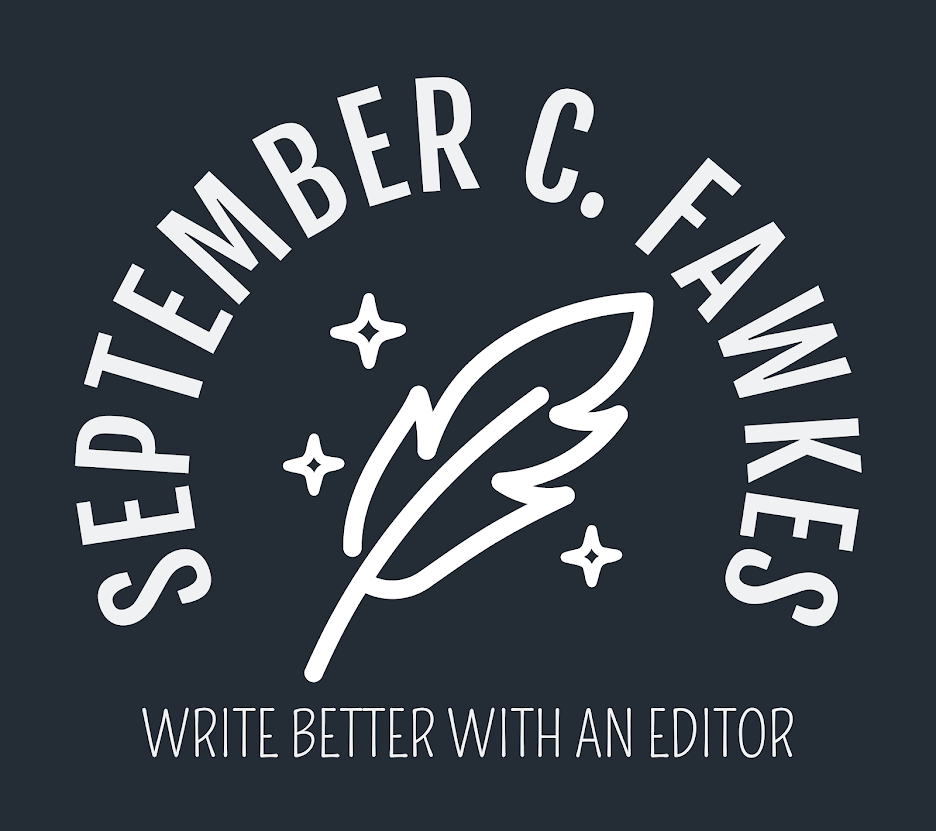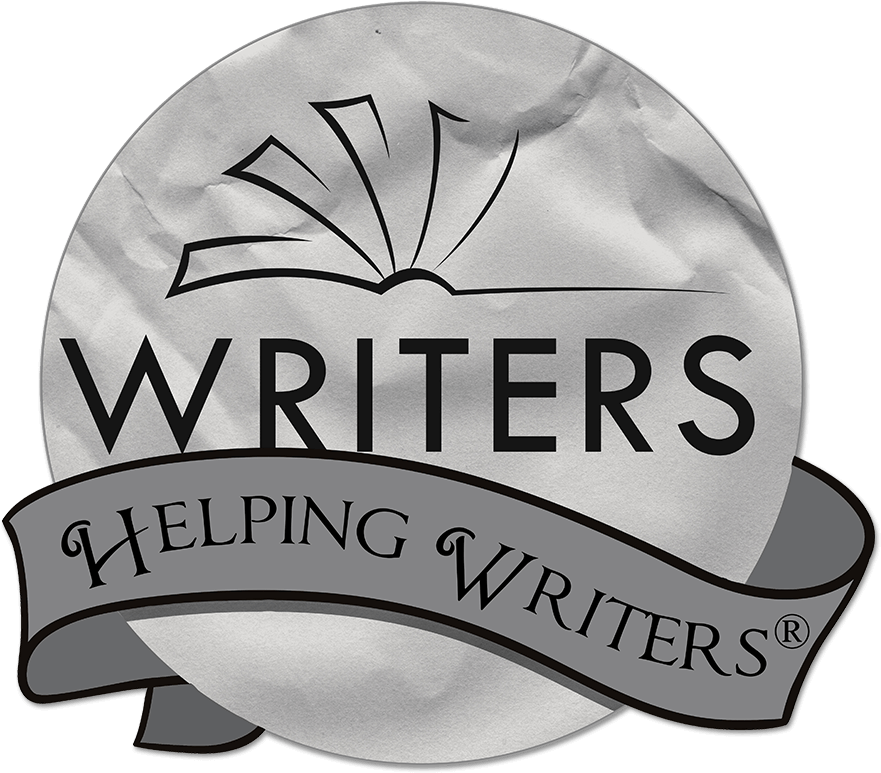What is a Meet Cute?
"Meet Cute" is a term from the romance genre, and it's basically what it sounds like. It's when the two love interests meet in a cute way. A common (and arguably cliche) example of this is when Character A accidentally drops all her papers, and Character B comes and helps her pick them up. And if the audience is lucky, they may even brush hands. 😉
That's a Meet Cute.
Here's another, Character A accidentally slams the door on Character B, who gets upset with him.
And another, Character A trips down a flight of stairs and rams into Character B.
And another, Character A enters a taxi to see Character B is already inside it.
It's common for there to be something awkward happening, but you know, in a cute (or even adorkable) way.
And/or it's also common for one character to be irked by the other.
(And just for the record, Character A and Character B can be either character in the relationship.)
I've written about Meet Cutes before, but it's an important enough beat (and term) to get its own post. (Plus it seems to fit with the fact Valentine's Day is coming.)
And as with most things that come from the romance genre, in reality, Meet Cutes are important to most stories, since most stories feature a relationship plotline. Whether your story features a romantic relationship, a friendship, an allyship, or even a rivalry, and whether it ultimately ends up positive or negative, every relationship plot has a Meet Cute . . . or at least, its equivalent.
(It sorta depends on how married you are to the "cute" part of the term. 😉)
Yes, originally, Meet Cutes were intended to be cute, and yes, they were intended to be about romantic relationships, but the truth is, they don't have to be. When we broaden our understanding of this beat, we can see how to write this moment for any relationship, in any story, in any genre.
Even if the characters technically already know each other when the story starts.
This is because, as Gwen Hayes wisely touches on in Romancing the Beat, this moment is the first time the audience sees these characters on the page together.
The True Purpose of the Meet Cute
When we shed this beat of all its cosmetics, the true purpose of this moment is to convey to the audience where these characters currently stand with each other. Are these strangers meeting for the first time? Do they decide they hate each other? Are these estranged siblings with hurtful pasts? Are they trying to heal from their history? Is this a mentor meeting a mentee who's too wet behind the ears? Are they overwhelmed with generational differences?
The Meet Cute sets up and helps establish the relationship plotline, and therefore the relationship arc. So consider what impression you need to give the audience to kick this journey off. For example, if this is an enemies-to-lovers arc, then you want to show the characters' disdain for each other. If this is a coworkers-to-found-family arc, then you want to show how the characters work together.
Convey what the POV character thinks (consciously or subconsciously) of the other person. This helps set up that baseline. If this is a first meeting, then chances are Character A's impression of Character B will be somewhat off--Character B will either end up being different than Character A thought, or Character B may have characteristics more amplified than A first guessed.
If this is not a first meeting, then the characters may have a pretty good impression or understanding of each other, but communicating the POV character's thoughts about the other on the page will still help create that baseline, since the relationship will be tested or changed.
Familiar or Original
As long as the Meet Cute conveys where the characters stand, some feel that it does not need to be striking or original. You can go ahead and have Character A scatter her papers for Character B to pick up.
But to me, this feels like a missed opportunity. And when I see something I've seen half a hundred times before, it cheapens the relationship (and story).
Just as we want a strong characteristic moment to introduce our protagonists, we should--ideally--aim for a strong, individualized Meet Cute to introduce the central relationship. Consider: What makes this relationship special? What makes these characters unique?
As I've mentioned before, I think Sherlock meeting John in BBC's Sherlock is a great example of a Meet Cute. Sherlock uses his reasoning of deduction on John to pick up who he really is. That's a meeting you can only have with Sherlock. And as such, it also highlights features of each character--Sherlock's abilities, and John's background.
In Indiana Jones: Raiders of the Lost Ark, Indy and Marion likewise have a Meet Cute that is jampacked with characterization. These two already know each other, but we quickly get a sense of their history and how they currently feel about one another. This soon gives way to action as antagonists attack, which further illustrates how these two function.
If you do decide to go with a more familiar Meet Cute, find ways to put your own unique spin on the trope--show how your Character B picks up the scattered papers differently than all the others. Give your Character A a different reason for tripping down the stairs other than being clumsy. The perk to working with a more "cliche" Meet Cute, is that you can find ways to surprise the audience by subverting expectations.
Make this moment memorable. If you have a powerful relationship arc, the audience will often think back on this beat. This is especially true if it's the first time these characters are meeting.
If this isn't the first time the characters are meeting, I suggest somehow filling in how these characters met at some point. This can be worked into the Meet Cute, or it can also show up elsewhere. Regardless, the Meet Cute should (almost) always give us some sense of their history.
Assuming the relationship plotline is a dominating plotline in your story, it's usually a good idea if these characters have this moment to themselves a bit. I'm not saying no one else can be present in the scene, but rather there is an interaction between these two that gets highlighted.
I also want to acknowledge that sometimes the relationship plotline is about the protagonist and a collective--like Cady and The Plastics in Mean Girls. Sometimes that collective is already formed into a group, or maybe it's just beginning to take shape. In either case, the Meet Cute may be focused on the protagonist meeting a group, or at least illustrating his or her current relationship with the group. Agent Mulder interacting with the Lone Gunman in The X-files comes to mind for me, as a more minor example.
An Early Glance
Sometimes Character A gets a glance of Character B prior to the Meet Cute. In some situations, it may even seem like the Meet Cute is made up of two moments--one a glance and the other the meeting.
The glance may be used to establish an early first impression of B and/or convey B's reputation. Frequently this is used to communicate that any real relationship with B is unlikely. B will somehow be out of reach for A, typically because B has a higher status. B might be a public figure, in the upper class, or extremely talented or good-looking. However, it can also be the opposite, and B has a lower status than A in these areas (which still makes a match unlikely).
An early glance can help set up an impactful Meet Cute. Because the audience knows a relationship is unlikely, they'll be interested to see these two interact when they do meet.
While less common, this effect can technically be reversed, where an early glance conveys that a meeting and relationship of sorts is inevitable--like catching a glimpse of someone Character A is betrothed to, or assigned to work with.
In either case, an early glance helps the audience anticipate (consciously or subconsciously) the Meet Cute, and offers an opportunity for the POV character to have "preliminary" first impressions (which you can then play with in the actual Meet Cute).
In some stories, this moment isn't so much a "glance" as it is simply "word of mouth"--others may tell Character A about Character B, rumors, interactions, interpretations. Nonetheless, this has nearly the same effect as an actual glance.
In Twilight, Bella gets a first glance of Edward Cullen at lunch, and is quickly informed that he never dates anyone. This piques the target audience's interest, as they know some sort of relationship with him will eventually unfold. This makes them more interested in the actual Meet Cute, where Edward can hardly handle sitting next to Bella in biology class.
Even if the characters know each other previously, an early glance or "word of mouth" moment can still be used to create anticipation. In Raiders of the Lost Ark, Indy and his colleague discuss how he'll have to encounter Marion, who won't be happy with him, given their history.
Is the Meet Cute the Inciting Incident?
Some argue that the Meet Cute is the inciting incident of the relationship plotline, while others disagree. So, who is right?
Well, it depends on the Meet Cute.
In the external plotline, the inciting incident is a (medium-sized) turning point that disrupts the established normal and kicks off the journey. It will usually appear as an opportunity or a problem (or both) for the protagonist. And even if the protagonist initially refuses it, he must eventually address it.
Let's translate this over to the relationship plotline. Its inciting incident will also be something that disrupts the established normal and kicks off the journey (the relationship journey). If it is an "opportunity," the character wants to draw closer to the other person somehow. If it is a "problem," the character wants to create (more) distance with the other person somehow.
Frequently this moment happens at the same time as the Meet Cute. Character A drops all her papers, and Character B helps, and they meet for the first time. Character A decides (consciously or subconsciously) that she'd like to get to know Character B. This is the start of the relationship plotline.
Sometimes, though, these moments don't overlap. For example, in Ralph Breaks the Internet, we get a long Meet Cute of Ralph and Vanellope's current relationship. In this montage, we may sense that Vanellope is looking for something more externally (and internally), but within the relationship itself, nothing is kicked onto a new trajectory. It's a Meet Cute, but it's not the inciting incident.
Another good indicator is that usually a turning point in a relationship will contain a moment of vulnerability, like looking stupid in front of the other character, needing help, or just showing weakness somehow, and usually to a degree that hasn't happened in the relationship before. If your Meet Cute has this, then it's probably also the inciting incident. How the other character responds will typically kick off the relationship arc (ex. Character B helps Character A by picking up her papers, so now they draw a bit closer, or Character B ridicules Character A, so now they want to create more distance.)
Get the Meet Cute right for your story, and you'll have a great start to your relationship plotline.

























0 comments:
Post a Comment
I love comments :)